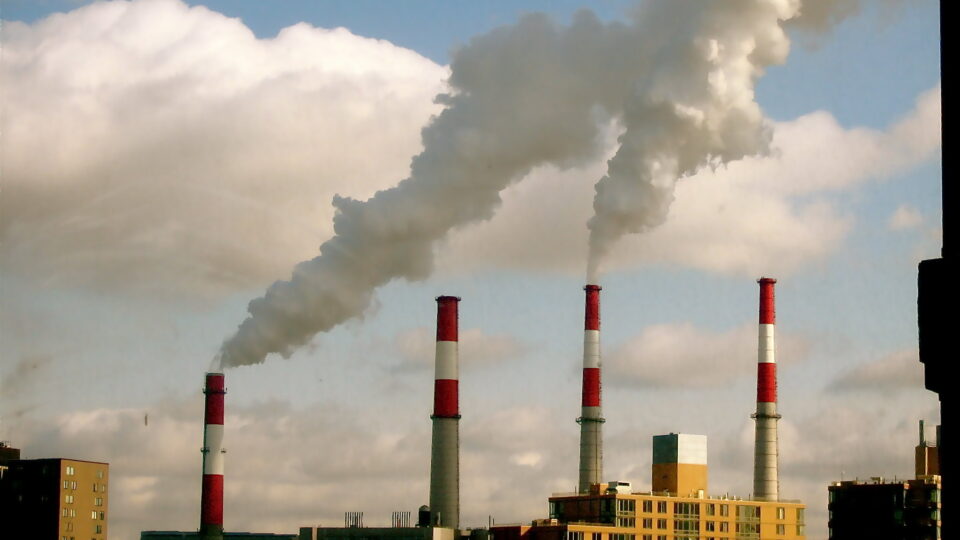Limiting global warming to no more than 1.5-2 degrees Celsius above pre-industrial levels is a crucial goal for humankind. Countries, companies, and other organizations around the world have committed to achieving ‘net zero’ emissions. This is distinct from zero emissions in that it includes removing carbon dioxide from the atmosphere to offset the amounts we are putting into it. Carbon dioxide removal is increasingly touted as the way to achieve emission goals. But it is a realistic strategy? According to a recent paper by a leading climate scientist in the journal Nature, the answer in the short term is decidedly no.
In 2022, the world emitted 45 billion tons of carbon dioxide into the atmosphere. Last year’s bipartisan Infrastructure Law earmarked $3.5 billion for developing four direct air capture hubs in the US. Each of these is expected to eventually be able to extract a little over a million tons of CO2 from the air each year. These hubs combined would therefore remove about 52 minutes’ worth of the year’s emissions over the course of the year.
The bottom line is that unless we drastically reduce emissions, all the carbon dioxide removal strategies combined will scarcely make a dent in the problem.
We will never be able to eliminate all sources of emissions, particularly from certain industries, and carbon dioxide removal will be a very important technology to address those emissions, but in the big picture, it is essential that the world decarbonizes as much as possible and as soon as possible.
**********
Web Links
Carbon dioxide removal is not a current climate solution — we need to change the narrative
Photo, posted January 19, 2009, courtesy of Wladimir Labeikovsky via Flickr.
Earth Wise is a production of WAMC Northeast Public Radio
